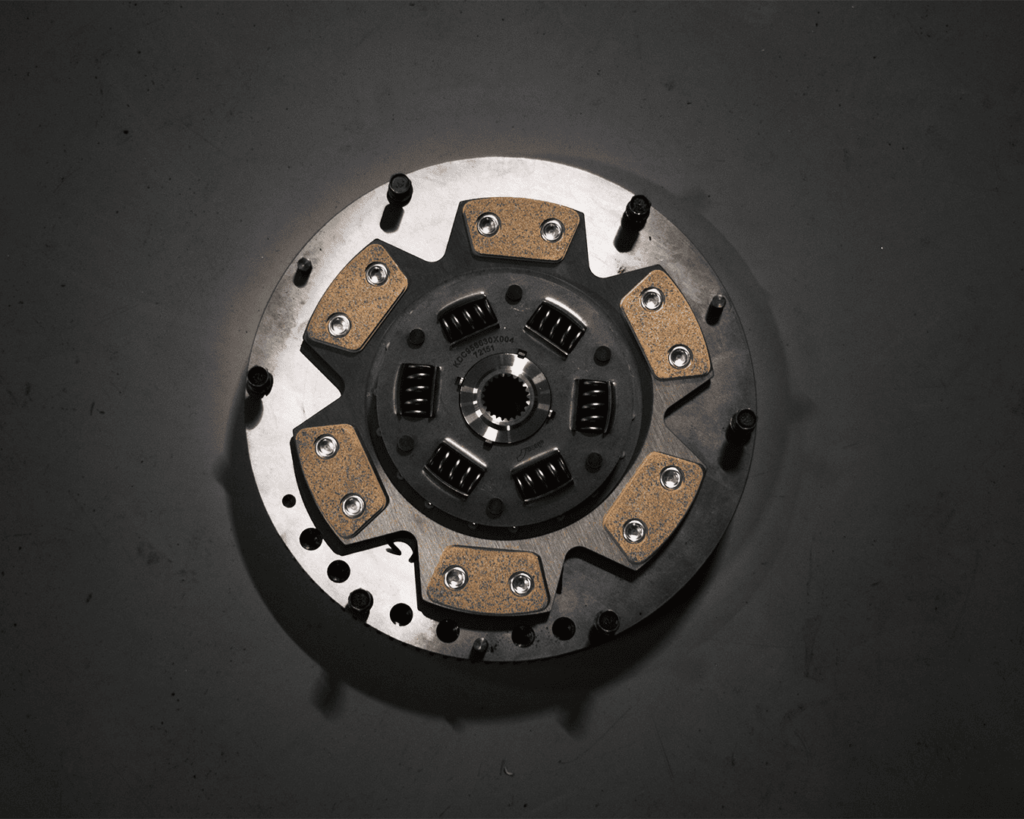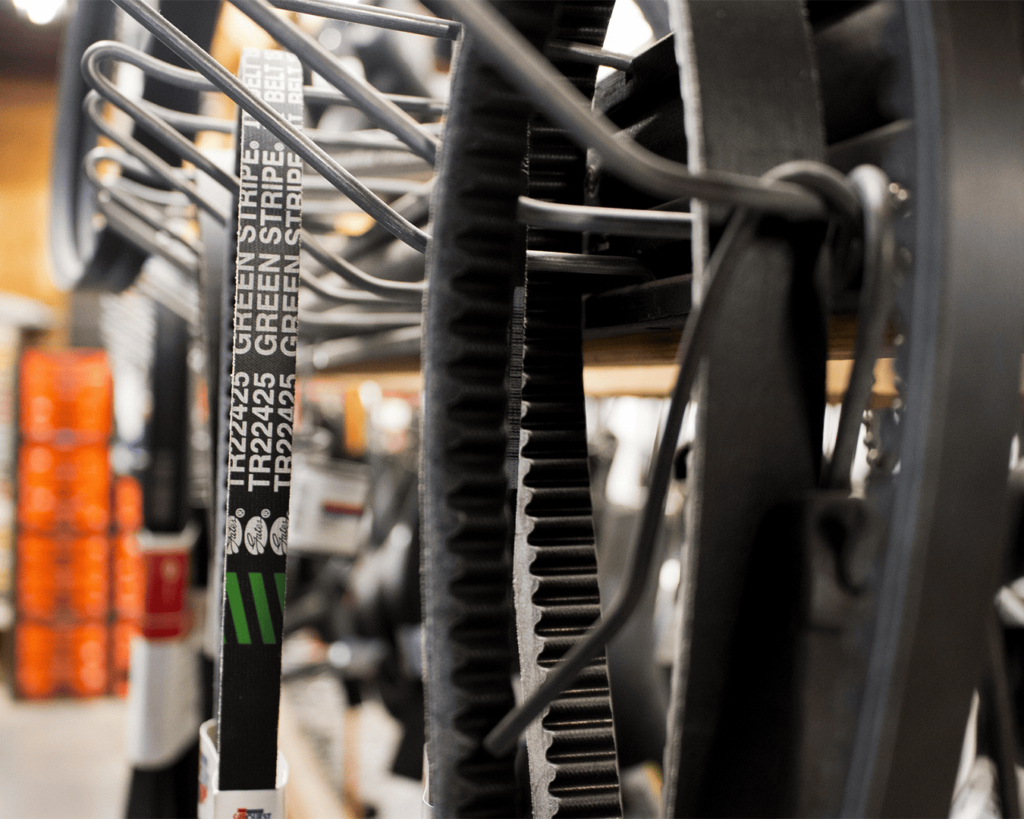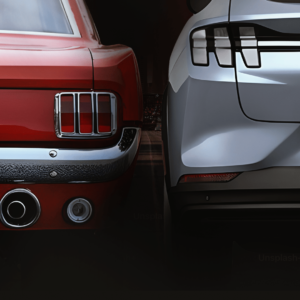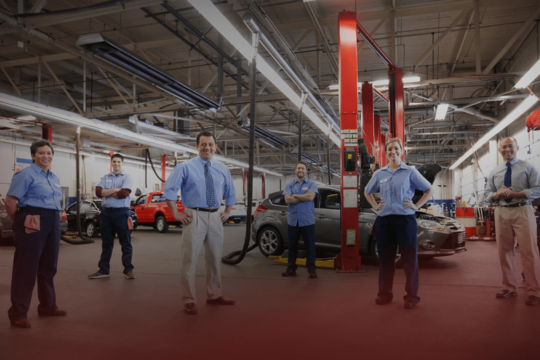“More Is More” = Old Math
For decades, Original Equipment Manufacturers (OEM) measured success by the truck‑load. Ship a field full of cars or a warehouse stacked with brake pads, then mark victory on a spreadsheet. Dealers played along because backend bonuses glittered on the horizon. Yet the hidden costs, be it floorplan interest, insurance, or aging write‑offs, silently bled cash. When targets rose again, the cycle repeated, leaving showrooms stuffed and bank managers restless.
The Price of Overflow
Excess stock forces a store into survival mode. A sales team slashes prices just to free up space. Gross margins shrivel, and the badge on the grille loses some shine. In parts, slow‑moving filters gather dust while tied‑up capital refuses to fund marketing or tech upgrades. Relationship strain follows. Dealers blame the factory; the factory cites targets. No one wins, least of all the customer hunting a fair deal.

Lean Thinking on the Lot
Top‑performing retailers now flip the script. They treat inventory like fuel: carry only what you can burn quickly. Using real‑time data, they order fast‑turn models and high‑demand parts, letting the rest live at the distributor until a firm buyer appears. Overhead drops, cash flow loosens, and the team gains freedom to price sharply without gutting profit.
- Lower floorplan fees mean every discount hurts less.
- Fewer aging units protect brand value and resale confidence.
- Freed capital funds service‑bay upgrades and loyalty apps that pull customers back after the sale.
Profit Flows Downstream
A car sold at a healthy margin is only the first chapter. That VIN returns for maintenance, accessories, even a trade‑in three years later. Lean dealers fill bays with vehicles they know well, lifting parts turnover and technician hours. Happy owners spread word faster than any billboard, feeding a loop of fresh sales and better‑quality trade‑ins.
Running Lean, Not Empty
Skeptics fear bare forecourts. In practice, lean means calibrated, not starved. Smart stores employ velocity stocking: fast‑selling trims in popular colours on hand; slow movers available through quick‑ship pipelines. Digital retail tools display the wider pool, so customers still enjoy choice without the dealer financing a car museum.
The Conversation Dealers Must Start
Pushing back takes nerve. Dealer principals need candid talks with OEM zone reps: allocate what sells, hold off on what sits. Share market analytics; prove lower stock turns faster. Some factories already reward turn‑and‑earn performance, recognising that healthy dealers build stronger brands than desperate ones.
The Factory’s Role in the Reset
OEMs chasing quarterly peaks often overlook lifetime value. Forcing iron onto unwilling partners inflates short‑term wholesale numbers but erodes retail strength. When dealers fail, warranty claims, CSI scores, and brand equity suffer. Supporting lean programs through flexible allocations, and just‑in‑time parts hubs creates steadier production planning and happier franchise networks.
Steps to Shift the Balance
- Audit True Demand – Track days‑supply by model, colour, and trim, then order to the mean, not to optimism.
- Align Parts to Parc – Stock service items for the vehicles you actually sell; avoid exotic SKUs tied to slow‑moving models.
- Use Digital Pre‑Sales – Collect deposits online before the unit leaves the port. Inventory turns to revenue on arrival, not six months later.
- Report Wins Upstream – Show OEM partners how lean stock lifted gross profit and CSI. Data beats debate.

Lean as Competitive Edge
A rival drowning in aged crossovers must discount deep. The lean dealer, with lower costs, can match or beat that price and still keep margin. Better yet, the customer leaves impressed rather than suspicious. Trust converts to loyalty; loyalty converts to lifetime value.
Road Ahead
Automotive retail stands at a crossroads of electrification, agency models, and online buying. Each trend rewards agility. Dealers shackled to overflowing lots will struggle to pivot. Those running lean already think like tech firms: light, fast, and relentlessly customer‑focused. In the race for future profit, carrying less metal may be the surest way to carry more momentum.










